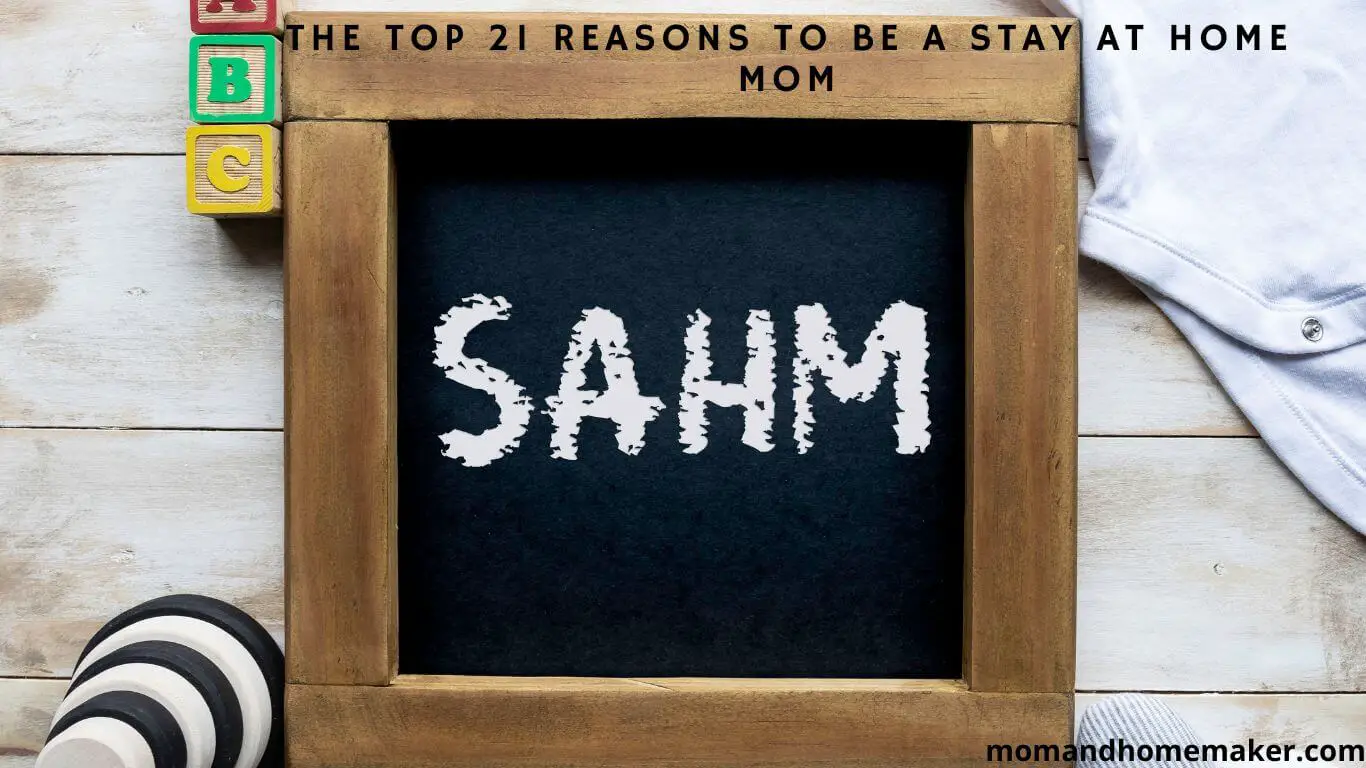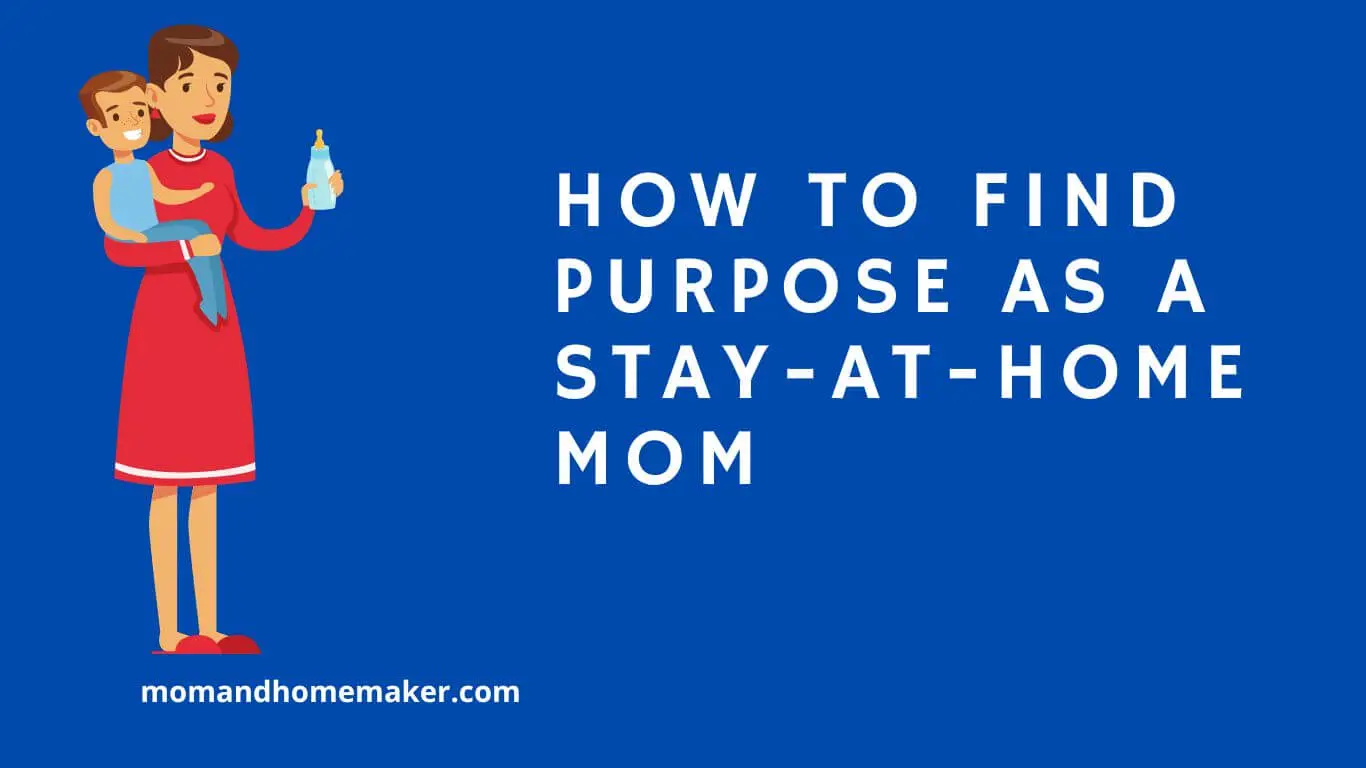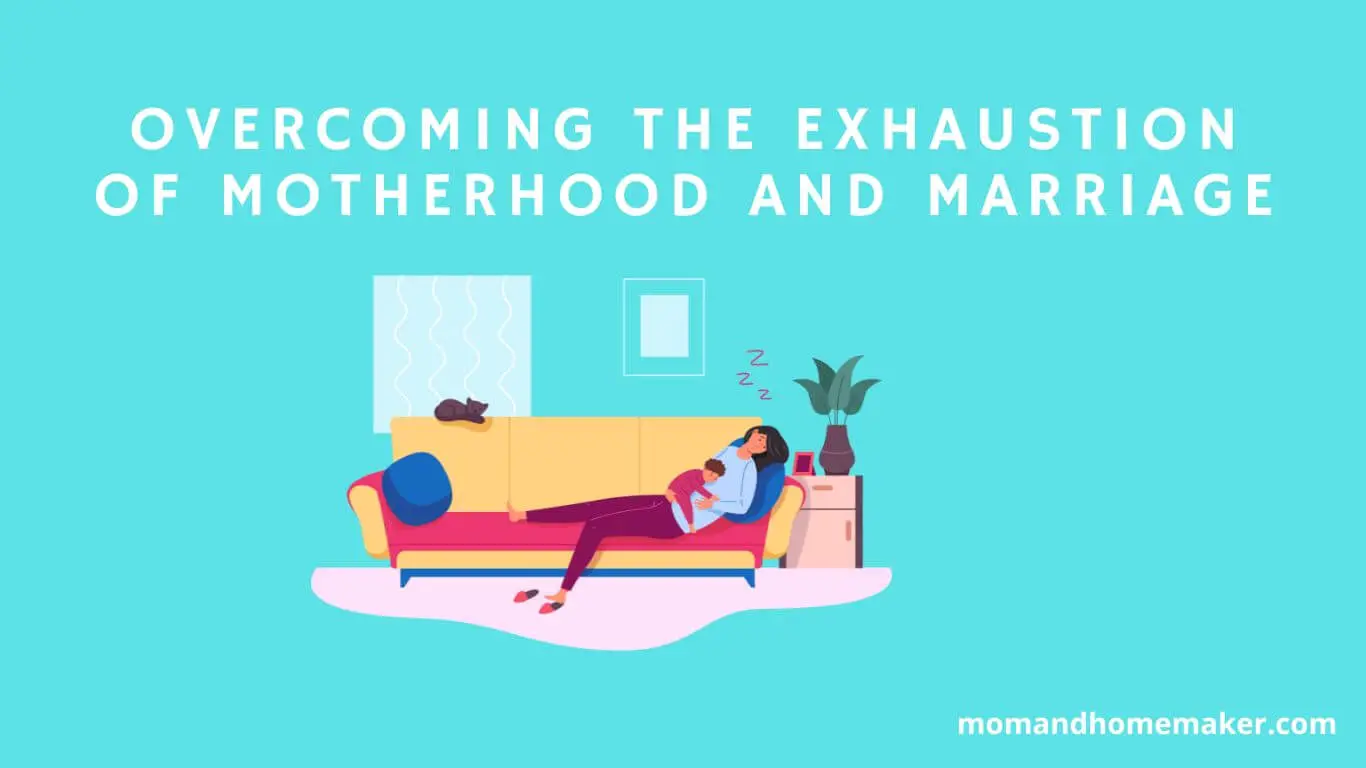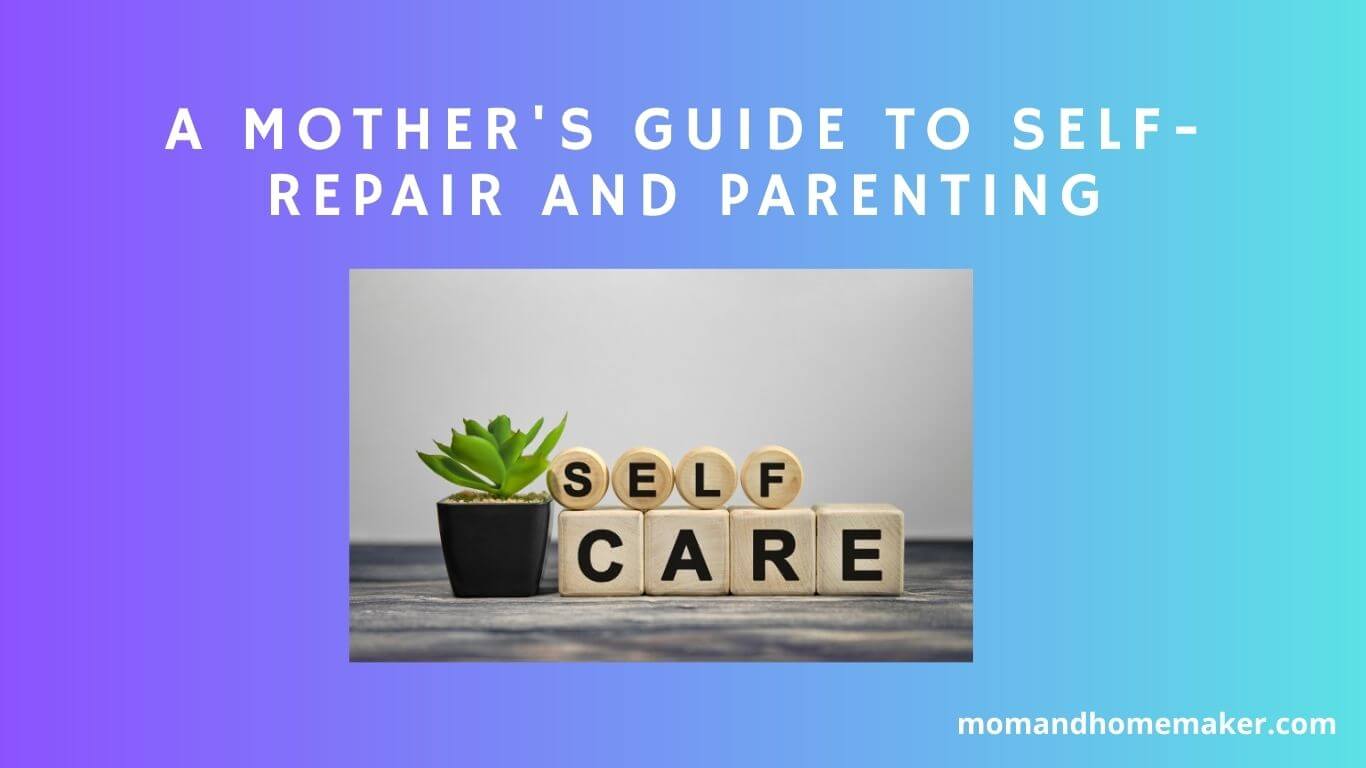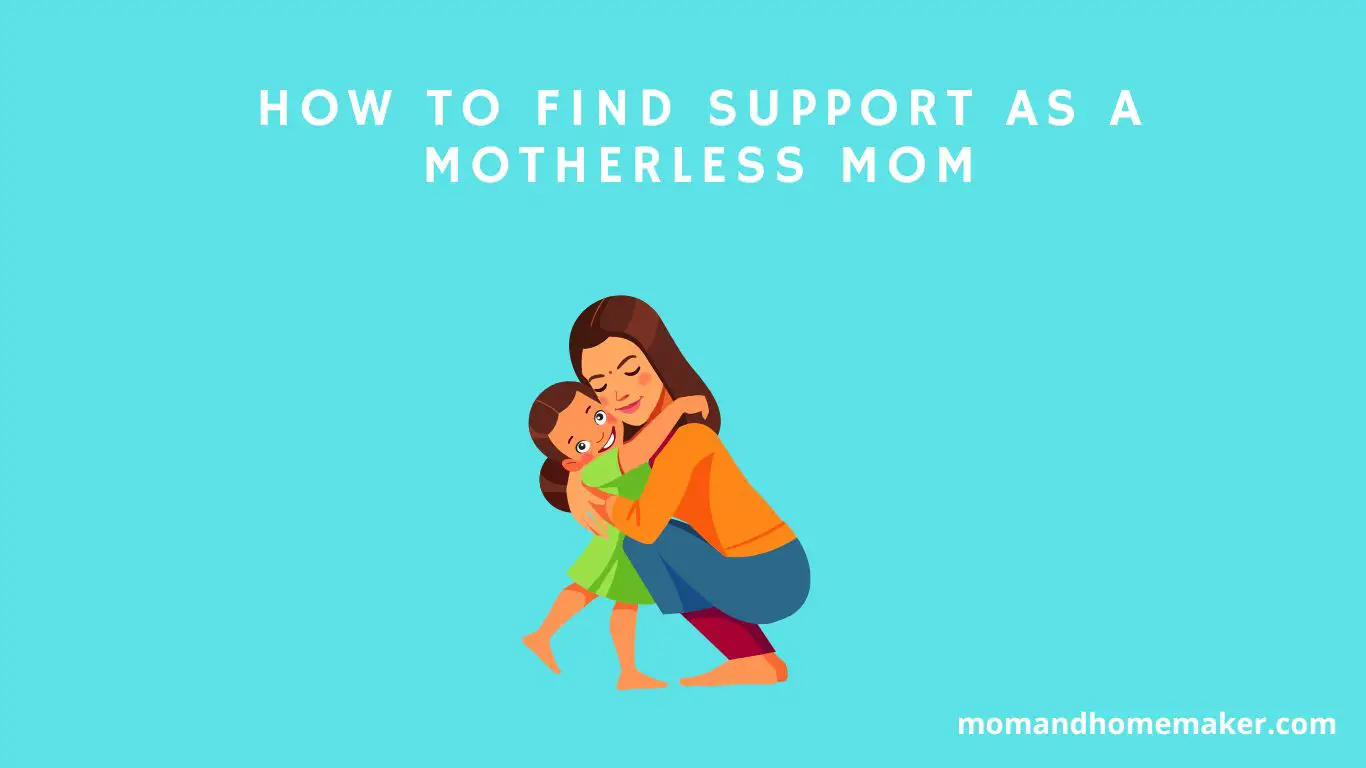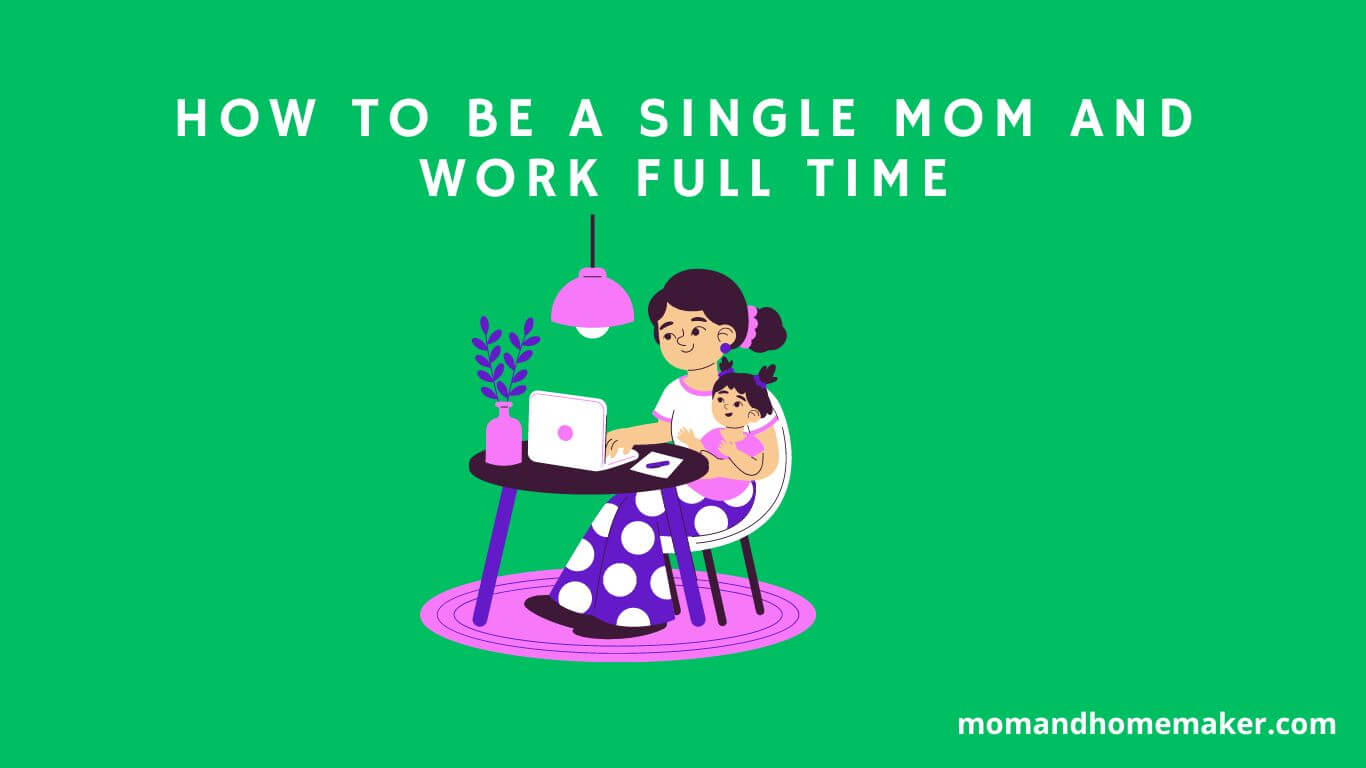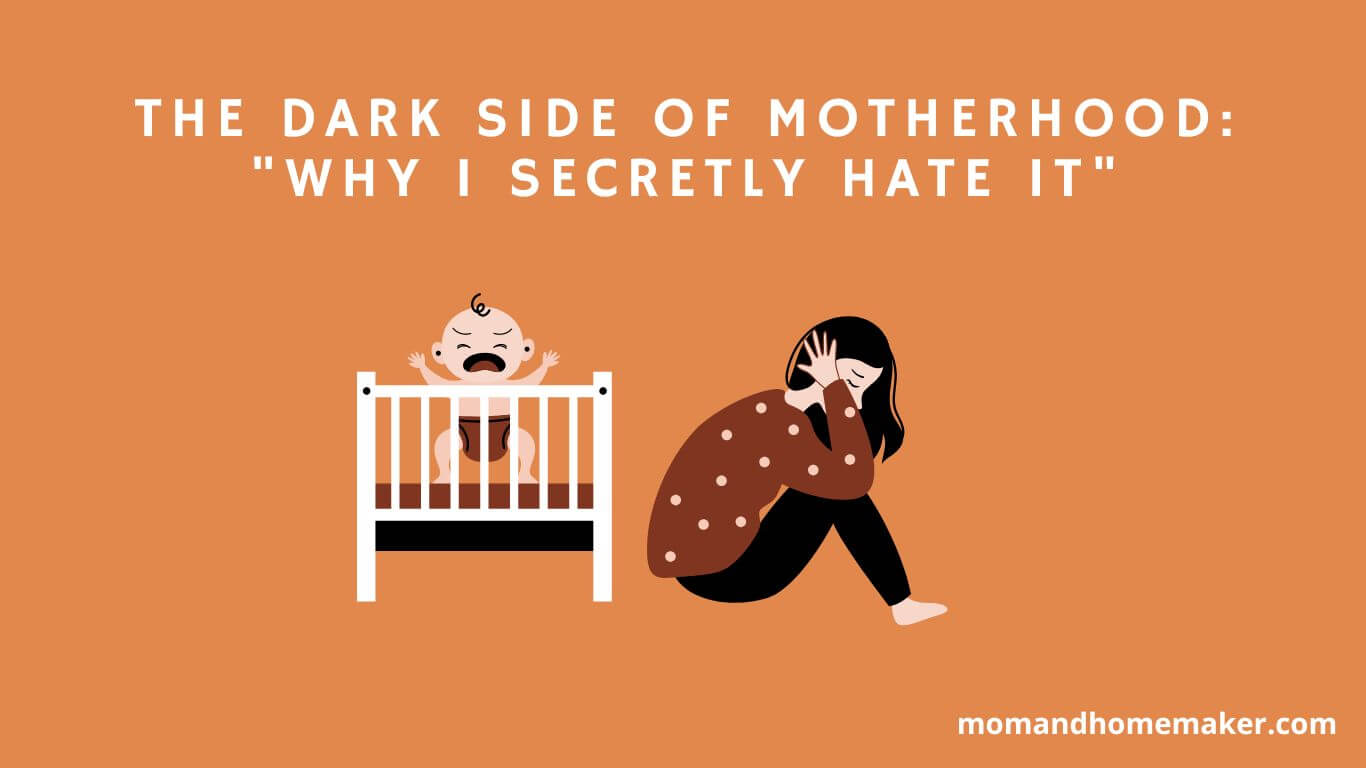Feeling constantly tired, even after a full night’s rest? The signs of burnout in stay-at-home moms may not always be obvious, but they can have a significant impact.
From being easily irritated and overwhelmed to losing interest in activities you once enjoyed, these signs can easily be brushed off as normal aspects of daily life.
However, it’s crucial to recognize these indicators for your well-being and the overall harmony of your home.
Overwhelming Fatigue
If you often feel extremely tired and worn out, you may be dealing with overwhelming fatigue as a stay-at-home mom. It’s crucial to have strategies in place to manage this fatigue effectively.
One helpful approach is to prioritize your tasks and break them down into smaller, more manageable parts. This method can help you save your energy throughout the day.
Managing your energy efficiently is key. Make sure to take short breaks during the day to rest and recharge.
Additionally, focus on self-care by staying hydrated, eating nutritious meals, and incorporating some exercise into your routine to boost your energy levels.
Setting boundaries is essential to prevent burnout. Learn to say no to extra responsibilities that could drain you further.
You can also delegate tasks to other family members to lighten your load. Seeking support from friends, family, or online communities can provide much-needed relief.
Connecting with other stay-at-home moms can offer emotional support and practical advice. Remember, it’s perfectly okay to ask for help when you need it.
By implementing these strategies, you can combat overwhelming fatigue and restore a sense of balance in your daily life as a stay-at-home mom.
Irritability and Mood Swings
Coping with extreme tiredness as a stay-at-home mom can often lead to mood swings and irritability, impacting both your well-being and interactions with your family.
It’s important to have strategies in place to manage these emotional changes. Taking short breaks during the day, practicing mindfulness or meditation, and doing activities you enjoy can help you regulate your emotions.
Recognizing how these mood swings can affect your relationships is crucial. Openly communicating with your partner about your feelings and needs can make a difference. Seeking support from a therapist or counselor can also provide valuable tools to navigate these emotions.
Incorporating self-care practices into your daily routine is essential. Ensure you get enough rest, eat well, and make time for yourself.
Prioritize activities that bring you joy and relaxation. Remember, clear communication with your family about your boundaries and needs is key.
Loss of Interest in Activities
Experiencing a lack of interest in activities you once enjoyed can signal burnout for stay-at-home moms. Addressing this issue promptly is crucial to prevent it from worsening.
Here are practical steps to combat this loss of interest:
- Try New Hobbies: Explore new hobbies or revisit old ones to reignite your passion for enjoyable activities.
- Social Connections: Connect with friends, join a mom’s group, or engage in community events to revive your interests.
- Self-Care: Prioritize your mental and physical well-being by incorporating self-care practices into your daily routine.
- Mental Health Support: Consider seeking professional help or counseling to address any underlying mental health issues affecting your engagement in activities.
- Balance: Evaluate your daily schedule and make adjustments to balance caring for your family with nurturing your interests and needs.
Difficulty Sleeping
Having trouble sleeping and feeling restless at night can be a common sign of burnout for stay-at-home moms.
When you’re tossing and turning instead of getting the rest you need, it’s important to address this issue promptly. Poor sleep can worsen burnout and affect your overall well-being.
Here are some tips to help you improve your sleep quality and manage burnout effectively:
| Strategies | Description |
|---|---|
| Sleep hygiene | Establish a bedtime routine, create a cozy sleep environment, and limit screen time before bed. |
| Stress management | Practice stress-relieving activities like deep breathing, meditation, or yoga to unwind before sleep. |
| Relaxation techniques | Try relaxation methods such as progressive muscle relaxation or guided imagery to calm your mind. |
Persistent Physical Symptoms
Persistent physical symptoms like chronic headaches, stomach pain, and muscle tension can signal underlying burnout in stay-at-home moms. These symptoms indicate that your body is overwhelmed and needs attention.
To address these physical signs of burnout, consider the following approaches:
- Regular Exercise: Physical activity can help reduce muscle tension and release stress-fighting endorphins.
- Mindfulness Practices: Activities such as yoga or meditation can strengthen the mind-body connection, alleviating physical symptoms caused by stress.
- Healthy Eating Habits: Nourishing your body with balanced meals can improve overall well-being and reduce stomach pain linked to stress.
- Deep Breathing Techniques: Practicing deep breathing exercises can relax muscles and alleviate tension-related headaches.
- Adequate Rest: Prioritize quality sleep to support holistic wellness and alleviate physical symptoms associated with burnout.
Neglecting Self-Care
Neglecting self-care can result in higher levels of burnout for stay-at-home moms. It’s important to prioritize self-care to maintain your mental health and overall well-being.
Setting personal boundaries and making time for mindful relaxation are crucial in preventing burnout. Remember, taking care of yourself isn’t selfish; it’s necessary for you to effectively care for your family.
Make sure to schedule ‘me time’ for activities that rejuvenate you, whether it’s reading a book, taking a walk, or enjoying a hobby.
Stress management is essential, so consider incorporating techniques like deep breathing exercises or meditation into your daily routine.
By tending to your own needs and showing self-compassion, you can better handle the demands of being a stay-at-home mom.
Don’t underestimate the significance of self-care in avoiding burnout. Prioritizing your well-being not only benefits you but also positively impacts your family.
Remember, a mentally healthy and refreshed mom is better prepared to tackle the challenges of motherhood.
Increased Forgetfulness
If you often forget appointments and important tasks, it could be a sign of increased forgetfulness, which can lead to burnout in stay-at-home moms.
Memory challenges, cognitive decline, brain fog, forgetfulness struggles, and memory lapses are common experiences that can start small but worsen over time.
Here are some ways in which increased forgetfulness may show up:
- Forgetting important dates like birthdays or anniversaries
- Misplacing everyday items such as keys or phones
- Having trouble recalling recent conversations or events
- Finding it hard to concentrate on tasks that used to be easy
- Feeling overwhelmed trying to remember simple instructions or details
These memory lapses and cognitive struggles can add to the stress and exhaustion felt by stay-at-home moms, making it difficult to manage daily responsibilities and leading to frustration and inadequacy.
If you notice these signs, it might be time to seek support and strategies to improve your memory and overall well-being.
Lack of Motivation
When faced with increasing forgetfulness, stay-at-home moms may struggle with finding the motivation to handle daily tasks and responsibilities.
This lack of drive can be a warning sign of burnout setting in. It’s crucial to identify this lack of motivation early on to avoid exhaustion and potential withdrawal.
To help overcome this hurdle and reignite inspiration, consider the following strategies:
Recognizing Burnout Signs and Preventing Exhaustion:
- Feeling consistently tired and drained
- Having difficulty focusing on tasks
- Being irritable and more sensitive
To revive passion and motivation, it’s important to address the root causes of burnout and inject joy back into daily routines.
By prioritizing self-care, delegating responsibilities when possible, setting realistic goals, seeking support from loved ones, and creating moments of relaxation, stay-at-home moms can gradually overcome their lack of motivation and rediscover fulfillment in their roles.
Isolation and Withdrawal
Experiencing a sense of disconnection from your usual social circles and pulling back from activities you once found enjoyable can be early indicators of isolation affecting stay-at-home moms.
When isolation starts to take hold, it can have a negative impact on your mental health and overall well-being. Here are some important points to keep in mind:
- Social Connection: The absence of social interactions may lead to feelings of loneliness and detachment.
- Mental Health: Isolation can contribute to increased levels of stress, anxiety, and feelings of depression.
- Self-Care Practices: Neglecting self-care routines such as exercise or hobbies can exacerbate feelings of isolation.
- Coping Strategies: Developing healthy coping mechanisms like mindfulness or journaling can help combat feelings of isolation.
- Support System: Establishing a support network of friends, family, or online communities can offer comfort during periods of isolation.
Recognizing the signs of isolation early on and taking proactive steps to reconnect with social connections and self-care practices can help prevent feelings of withdrawal from worsening.
Heightened Anxiety
Feeling isolated as a stay-at-home mom can lead to increased anxiety levels, impacting your daily life and well-being.
The constant juggling of tasks without a break can result in overwhelming stress and worry. To manage these heightened anxiety levels, it’s important to have coping strategies in place.
Building a strong support system with other moms can provide a sense of community and understanding. Practicing mindfulness techniques like deep breathing exercises and meditation can help calm racing thoughts and bring focus to the present moment.
Effective stress management is key to reducing anxiety. Setting boundaries, prioritizing tasks, and seeking assistance when needed can help alleviate some of the pressures contributing to your anxiety.
Remember to prioritize self-care activities such as exercise, hobbies, or simply taking time for yourself. These practices can help recharge your energy and decrease feelings of overwhelm.
Feelings of Guilt and Self-Doubt
Being a stay-at-home mom can trigger feelings of guilt and self-doubt. It’s common to second-guess your choices and abilities, leading to a cycle of negative emotions that can affect your well-being.
To overcome these challenges, try the following strategies:
- Coping methods: Practice deep breathing, journaling, or taking short breaks to manage overwhelming feelings.
- Seek support: Turn to friends, family, or online communities for encouragement and empathy during tough times.
- Maintain balance: Set boundaries to separate your mom duties from personal time for activities that bring you happiness and relaxation.
- Prioritize mental health: If feelings of guilt and self-doubt persist, consider seeking professional help.
- Self-care routines: Engage in self-loving activities like exercise, hobbies, or meditation to nurture your mental and emotional health. Remember, taking care of yourself is crucial in caring for your family.
Changes in Appetite
If you notice yourself snacking more often or feeling disinterested in meals, it could be a sign of changes in appetite as a stay-at-home mom. These shifts may indicate various factors affecting your well-being.
Emotional eating, often tied to stress or feeling overwhelmed, might lead you to turn to comfort foods as a way to cope.
Cravings, especially for sugary or fatty foods, can also point to emotional distress. To address these changes, it’s important to focus on mindful eating habits.
Being fully present during meals, chewing slowly, and savoring each bite can help you control your food intake and boost satisfaction.
Including balanced meals with fruits, vegetables, lean proteins, and whole grains in your diet can positively impact your appetite.
Moreover, planning meals ahead of time or involving your family in meal decisions can reduce the stress of figuring out what to eat, leading to healthier choices and minimizing emotional eating tendencies.
Difficulty Concentrating
Improve your ability to concentrate as a stay-at-home mom by following simple strategies. Juggling responsibilities at home can make it tough to focus, but you can overcome this challenge by implementing the following tips:
- Create a Routine: Establish a daily schedule with structured activities and breaks.
- Minimize Distractions: Find a quiet space or allocate specific times for focused work.
- Practice Mindfulness: Try activities like meditation to enhance mental clarity and focus.
- Break Tasks into Smaller Steps: Divide tasks into manageable chunks to prevent cognitive overload.
- Stay Organized: Use tools like calendars and to-do lists to improve time management skills.
Emotional Exhaustion
Feeling emotionally drained and overwhelmed is a common challenge for many stay-at-home moms, impacting their well-being and daily functioning.
Coping strategies are essential in managing emotional exhaustion. It’s important to recognize when you’re feeling overwhelmed and implement healthy coping mechanisms like taking short breaks, practicing deep breathing exercises, or engaging in activities you enjoy.
Building a support network is crucial; reach out to friends, family, or online communities for emotional support and understanding.
Self-care tips play a significant role in combating emotional exhaustion. Make time for yourself, prioritize activities that bring you joy, and ensure you get enough rest.
Seeking help when needed isn’t a sign of weakness but a strength. Don’t hesitate to consult a therapist or counselor to work through your feelings.
Setting boundaries is essential to prevent emotional burnout. Learn to say no to additional responsibilities and communicate your needs to others.
Remember, taking care of your emotional well-being is crucial for being the best version of yourself for your family.
Sense of Helplessness
Feeling helpless can be overwhelming for stay-at-home moms, impacting their daily mindset and motivation.
When you experience this sense of helplessness, it can feel like you have no control over things, leading to increased stress and emotional strain.
To address this feeling, here are some tips:
- Coping strategies: Look for healthy ways to manage stress, like deep breathing exercises or mindfulness techniques.
- Support networks: Reach out to friends, family, or online communities for emotional support and understanding.
- Seeking help: Don’t hesitate to seek professional support from a therapist or counselor if you feel overwhelmed.
- Setting boundaries: Learn to say no to additional responsibilities that may contribute to your feelings of helplessness.
- Self-care practices: Prioritize activities that rejuvenate you, such as a warm bath, reading a book, or taking a walk in nature. Remember, taking care of yourself is crucial for your well-being and ability to handle tough situations.
Increased Sensitivity to Stress
As a stay-at-home mom, you may have noticed that you react more strongly to stress, which can affect your emotional well-being and ability to cope effectively.
This heightened sensitivity to stress can show up in various ways, such as feeling overwhelmed by small tasks, being easily irritated, or experiencing physical symptoms like headaches or muscle tension.
To address this, it’s important to use coping strategies. Engaging in stress management techniques like deep breathing, meditation, or exercise can help you better handle stressors.
Setting emotional boundaries with your family and making time for self-care practices are also crucial. Prioritizing activities that bring you joy and relaxation can help alleviate the pressure you may be feeling.
Additionally, building a support system of friends, family, or other stay-at-home moms can provide you with a sense of community and understanding. Remember, it’s okay to ask for help and take time for yourself to recharge and maintain your well-being.
Loss of Patience
When patience runs thin, it can have a significant impact on your daily interactions and overall well-being as a stay-at-home mom. This can make managing time, stress, and relationships more challenging. Here are five key areas that are affected by a lack of patience:
- *Time Management*: Balancing household tasks, children’s schedules, and personal time may become more difficult.
- *Stress Management*: Handling everyday stressors can feel overwhelming without the patience needed to navigate them effectively.
- *Coping Strategies*: Finding healthy ways to cope with the demands of parenting and homemaking can become harder.
- *Parenting Challenges*: Communicating calmly and effectively with your children can be a struggle, affecting discipline and emotional support.
- *Relationship Dynamics*: Interactions with your partner, friends, and family may be strained as impatience spills over into various relationships.
Recognizing the signs of diminishing patience is crucial for addressing burnout and prioritizing self-care as a stay-at-home mom.
Conclusion
If you often feel exhausted, irritable with your loved ones, and overwhelmed by daily tasks, you might be experiencing burnout. It’s crucial to recognize these signs early and prioritize self-care.
Remember, even superheroes need a break sometimes. Take a moment to step back, reassess your priorities, and don’t hesitate to ask for help when needed.
You deserve to find joy and fulfillment in your role as a stay-at-home mom.



